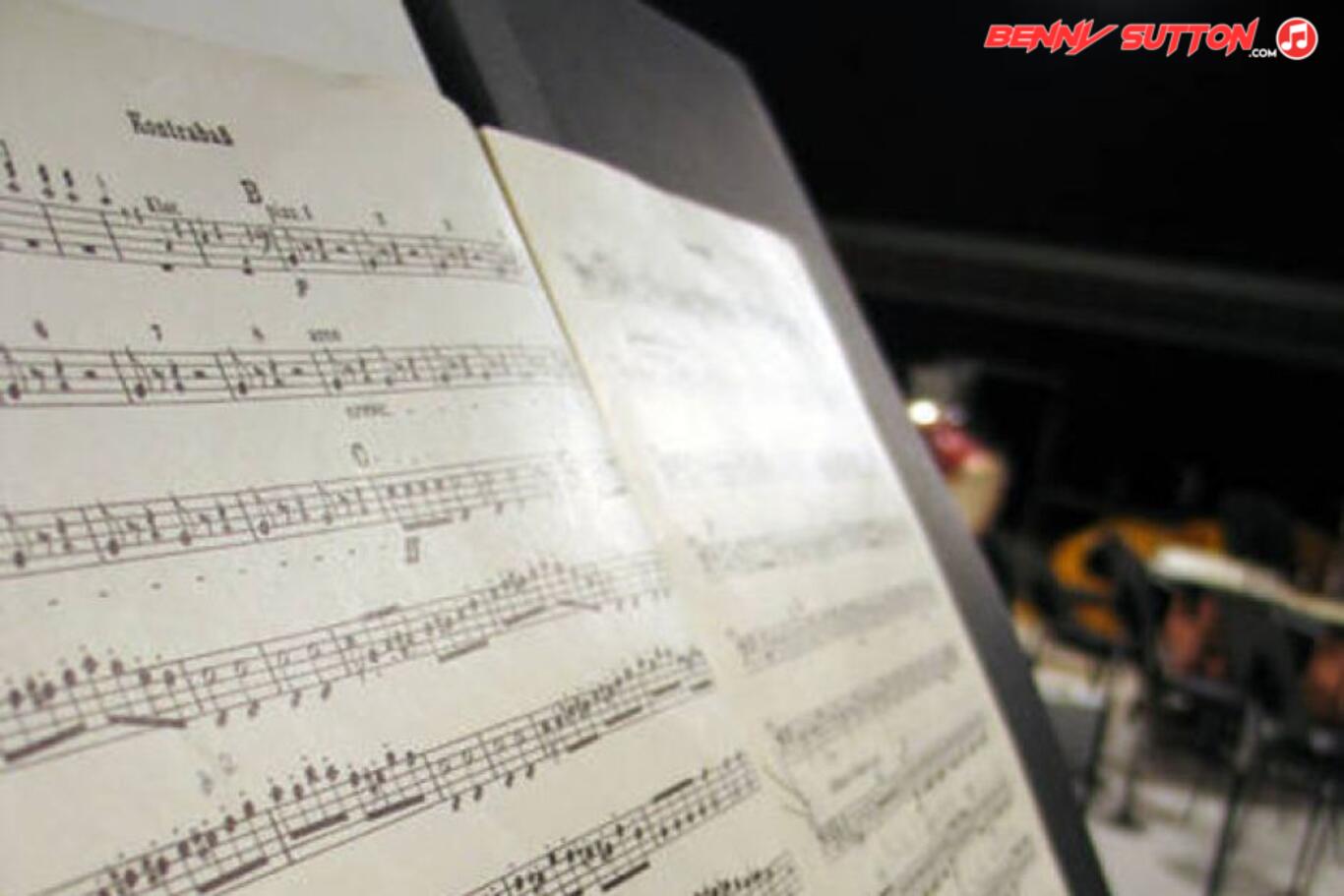Short, detached notes marked with dots; degree of separation is stylistic/contextual.
Staccato means “detached” in Italian—notes played short and separated rather than sustained. It’s one of the most fundamental articulations in music, used to create clarity, rhythm, and energy. Where legato connects notes smoothly, staccato inserts space, defining each attack sharply against silence.
On acoustic instruments, staccato is physical: a bow lifted, a tongue stop on a wind instrument, or a finger released early on piano or guitar. The goal is a clean start and quick release—each note has punch but no overlap.
In rhythm sections, staccato defines groove. Think of James Brown’s horn stabs, Nile Rodgers’ clipped funk guitar, or the tight bass pops of Larry Graham—each phrase locked to rhythm by precision and brevity. Drummers use staccato-like articulation through choked cymbals or short muted snare hits to tighten phrasing.
In electronic production, staccato is controlled through note length and envelope shaping. Shorter MIDI durations or faster amplitude decays create punchy patterns—key to house basslines, trap hi-hats, or synth plucks.
Staccato playing draws attention to rhythm rather than melody; silence becomes part of the beat. Used sparingly, it adds articulation and drive. Used constantly, it can sound rigid. The craft lies in contrast—letting short notes speak clearly, then allowing longer tones to breathe.
